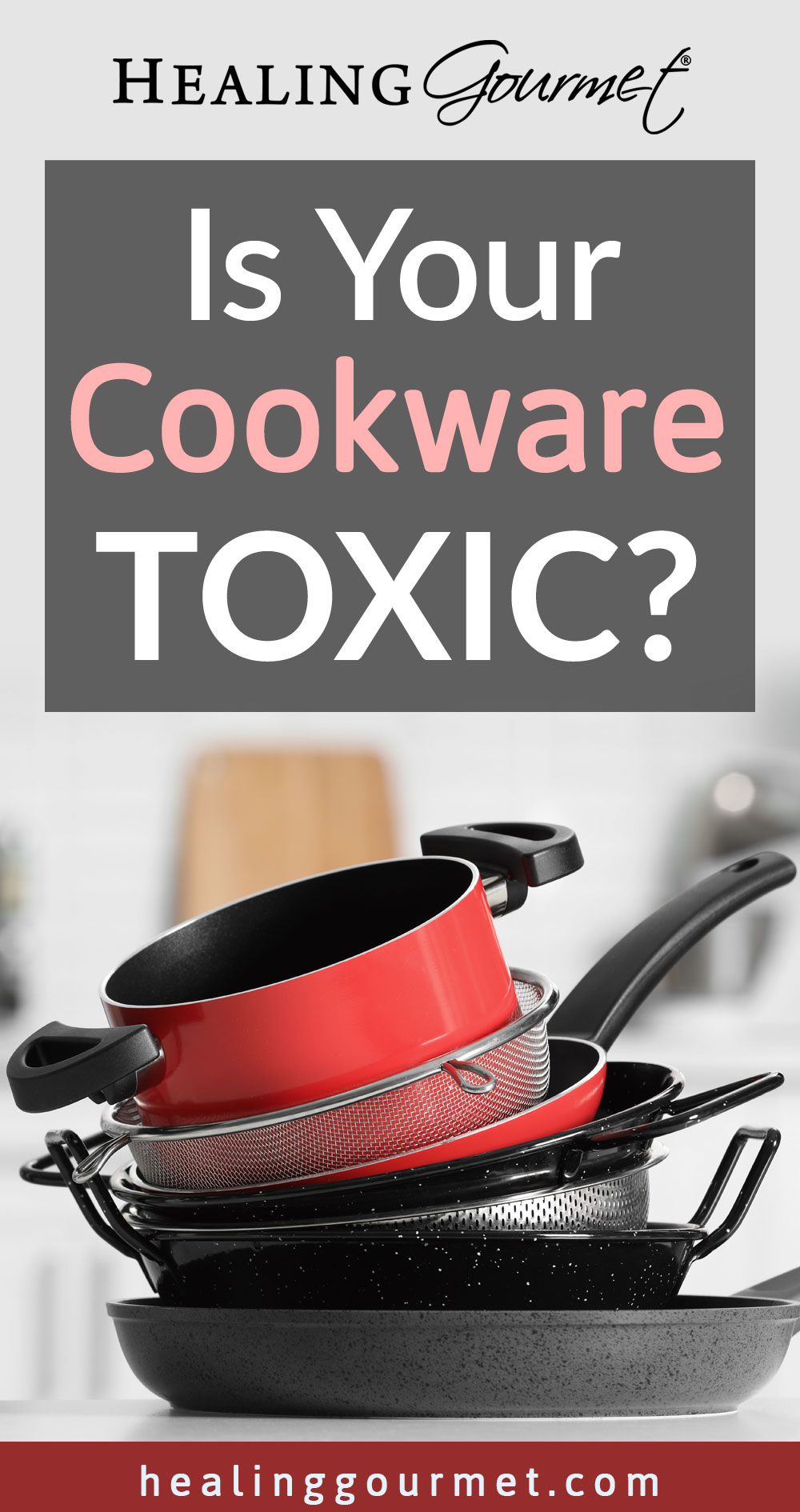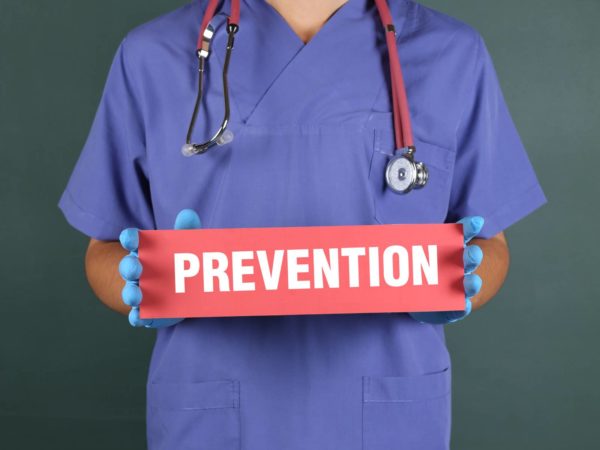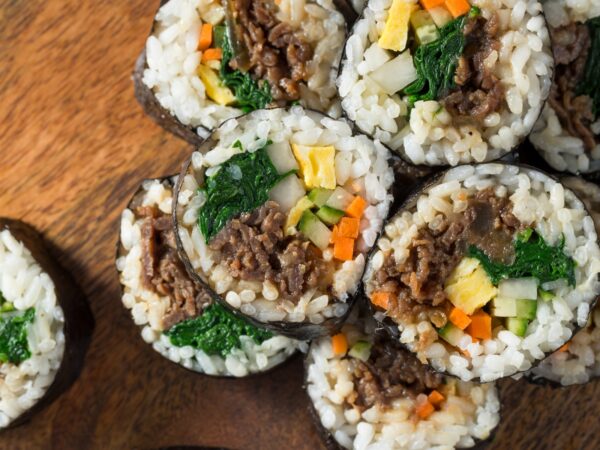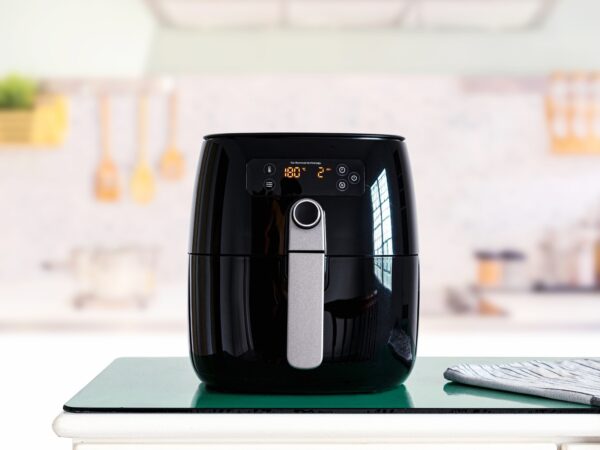Are You Using The Kitchen Tool Linked with Cancer and Infertility?
You buy organic produce. You eat grass-fed meat and pastured poultry. And you wouldn’t touch farm-raised fish with a ten foot pole.
If you do these things, you might think you have all the bases covered when it comes to protecting yourself from environmental toxins. But there’s another place that toxins lurk that few people consider…
Pots and pans.
Can a Pan Make You Sick, Fat and Infertile?
Your non-stick pan may save you time and make for an easy cleanup. But it could also leach toxic compounds into your foods (and the air you breathe).
The chemicals that are used to make cookware “non-stick” are collectively called perflourinated compounds. These chemicals act like estrogen. And they can cause numerous health problems in humans. They have been linked to cancer, hormonal and reproductive issues, thyroid dysfunction, arthritis, ADHD, high triglyceride levels and “polymer fume fever” among others.
In animal studies, at least one perflourinated compound was found to be fatal to rats. And the fumes from Teflon coatings are fatal to birds even in minute amounts. The term “canary in the coal mine” comes to mind.
A recent study published in Human Reproduction found that pregnant women and women of child-bearing age are at high risk for infertility and reproductive problems from exposure to the chemical PFOA, found in Teflon.
Women with elevated levels of PFOA experienced more difficulty conceiving. They were twice as likely to be diagnosed with infertility as women with lower PFOA levels.
UCLA researcher Chunyuan Fei, who led the study said that these chemicals were originally:
“… considered to be biologically inactive. But recently animal studies have shown that they may have a variety of toxic effects on the liver, immune system and developmental and reproductive organs.”
The Sticky Subject of Using Nonstick
Unfortunately, the vast majority of pans sold and used today are coated with chemicals to make them non-stick.
Despite evidence to the contrary, the makers of non-stick coatings contend that “proper use” of their cookware poses no threat of PFOA contamination. “Proper use” would mean cooking at lower temperatures, never heating the pan without food or liquid in it and never using metal utensils to stir or scrape.
But a recent study conducted by Cooks Illustrated proved them wrong…
The study compared two varieties of non-stick pans. One was a cheap pan and the other a high quality All-Clad pan. Three recipes were prepared in each pan: skillet roasted potatoes, chicken stir fry and a frittata.
The testers placed both pans on high heat. Using an infrared thermometer, they found that it took only three minutes for the cheap pan and five minutes for the All-Clad to exceed 500 degrees. They also found that a gas burner was more likely to overheat the pan than an electric one.
The contents of the pan also made a difference. The testers found no excess heat in pans cooking frittatas or skillet potatoes. That’s because the pan’s surface tended to be covered by food the whole time. However, both pans exceeded 600 degrees in certain spots while cooking the chicken stir fry.
And while manufacturers of nonstick coatings contend the surfaces are safe up to a maximum temperature of 500 degrees F, the Environmental Working Group’s testing found that some nonstick surfaces break down under just medium heat (325 degrees F)!
The bottom line is that even “proper” use of non-stick pans can pose a threat of PFOA contamination.
Protecting Yourself from Poisonous Pans
You might think that using non-stick pans hasn’t exposed you to perflorinated compounds. If that’s the case, you might be surprised to learn that PFOA was detected in close to 98% of the population. It was found in 100% of newborn babies tested.
And like other persistent pollutants, PFOA stays in the body for a long time. The Environmental Working Group (EWG) estimates that it would take four and a half years for the PFOA in your body today to be flushed out. And that assumes no further exposure.
Teflon is the most popular non-stick coating. But it is not the only one that uses these harmful chemicals. You should also watch out for Silverstone, Fluron, Supra, Excalibur, Greblon, Xylon, Duracote, Resistal, Autograph and T-Fal.
Replace your nonstick cookware with safe non-stick alternatives. This includes cast iron or ceramic-coated cast iron products. Emile Henry, Staub, Chantal and Le Crueset make ceramic-coated cast iron cookware. For baking, opt for cast iron or stainless steel.
You should also avoid so-called “green pans.” The manufacturers purport that these PFOA-free products are healthier and “earth-friendly.” But many still contain the moisture-repellent chemical PTFE – another harmful toxin.
Along with non-stick pans, these compounds are also found in a variety of common household products. This includes food wraps, microwave popcorn bags, roasting bags and stain and water repellants (on furniture, carpets and clothing). There is also a potential danger lurking in your slow cooker that you may not know about.
To help rid your body of PFCs and other pollutants, increase your intake of detoxifying veggies – especially cruciferous vegetables (like broccoli, kale, collards) and alliums (including garlic and onions). And of course, avoid further exposure by using cookware and other household products that are not coated with synthetic chemicals.





YOU ARE VERY RIGHT ALMOST AS BAD AS COOKING IN ALIMINUM POISONES I WAS CROOK TILL I THREW THEM ALL OUT REPLACED WITH STAINLESS STEEL EVERY THING